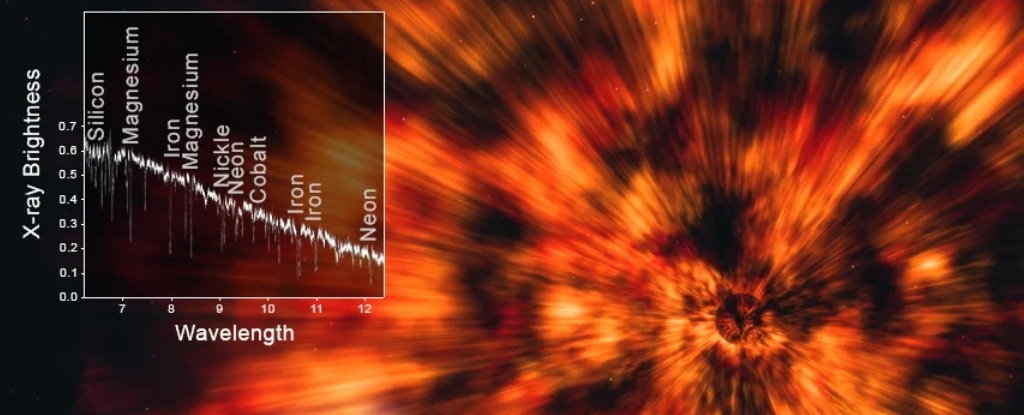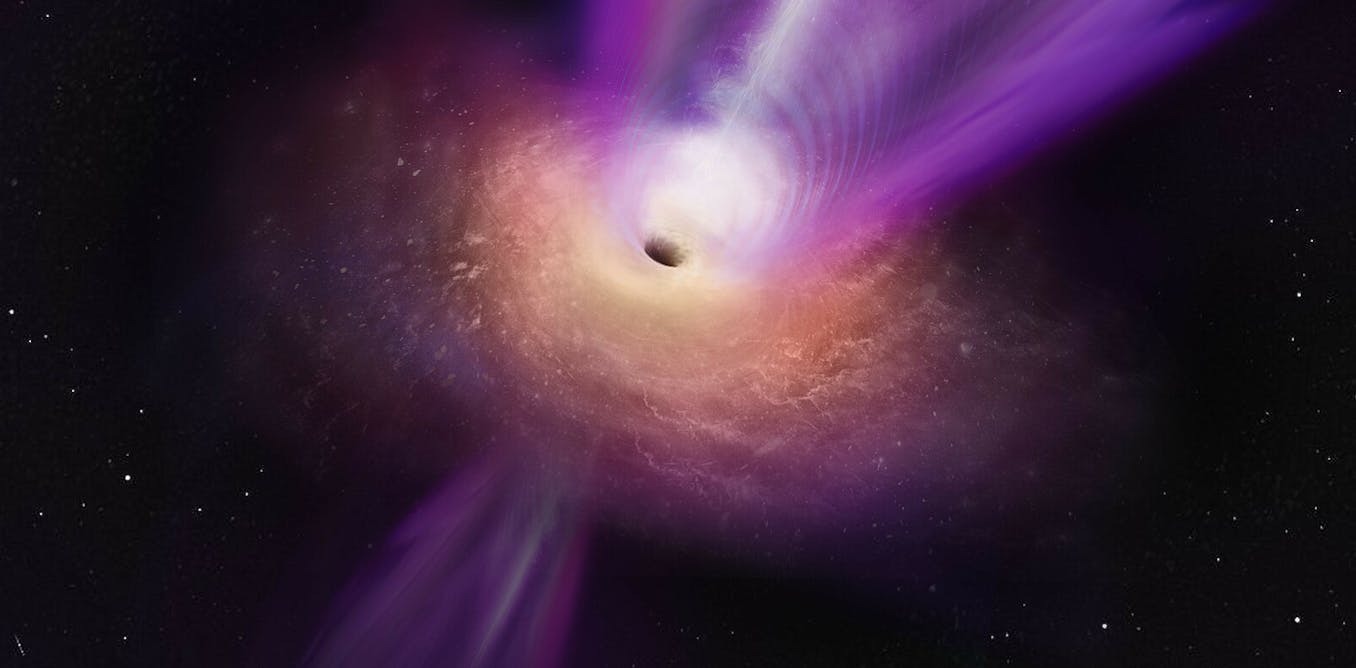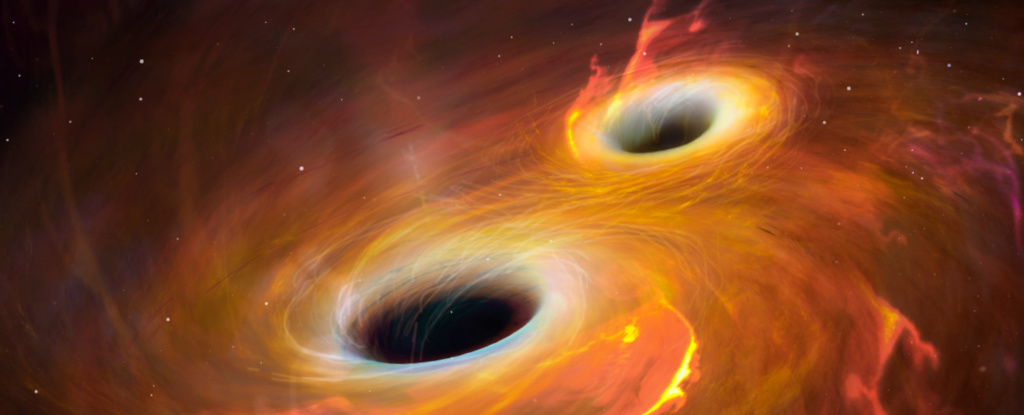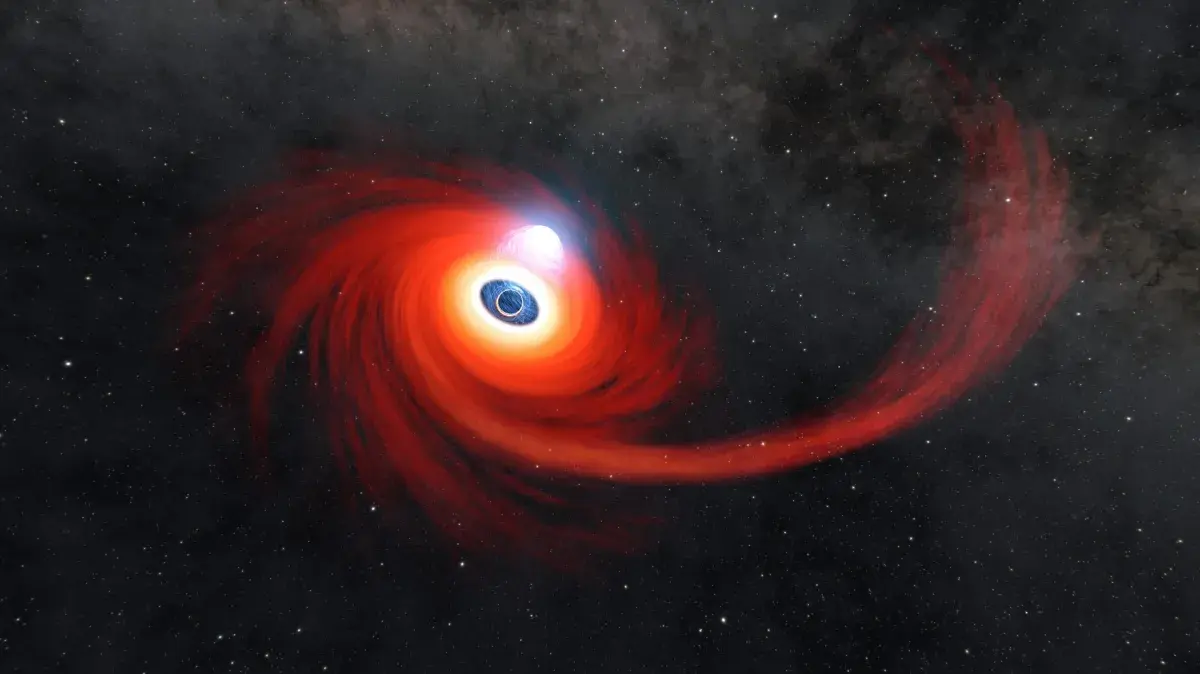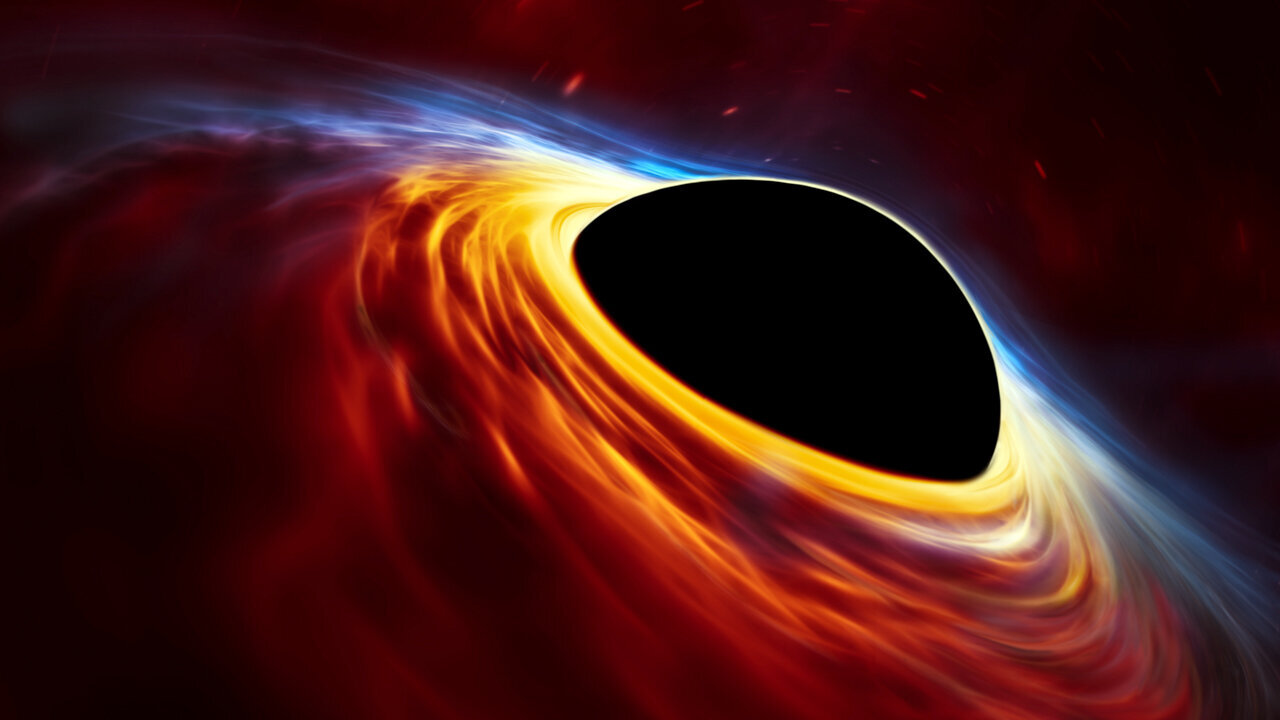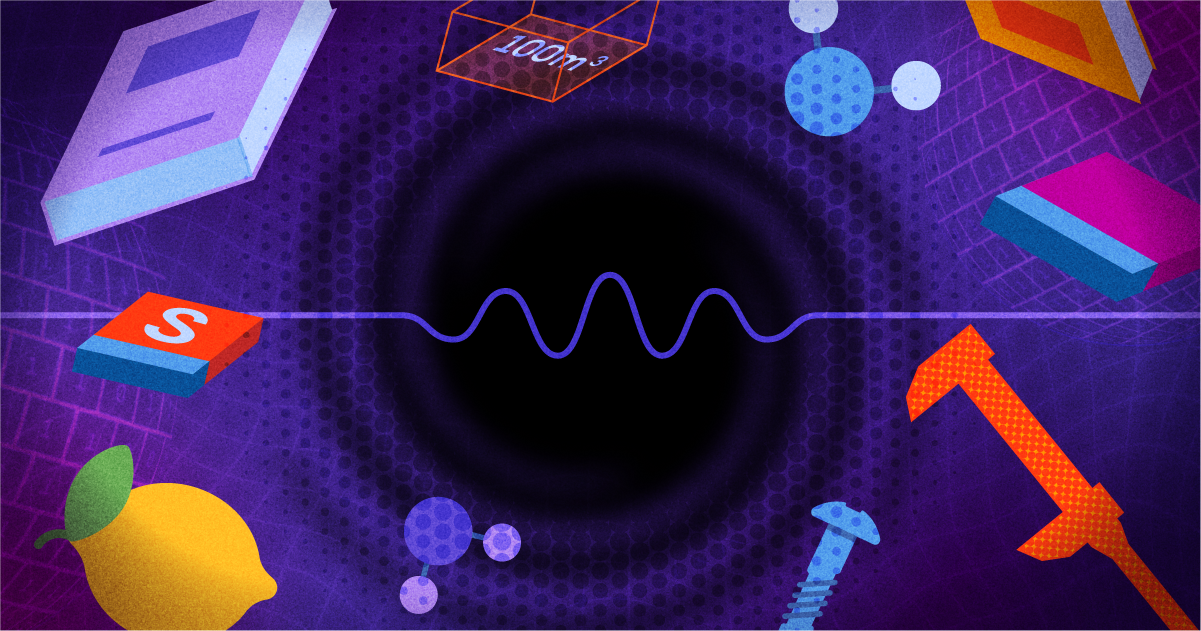 Postdoctoral positions in Computational Relativistic Astrophysics at our Potsdam institute
Postdoctoral positions in Computational Relativistic Astrophysics at our Potsdam institute 
The “Computational Relativistic Astrophysics” department at the @mpi_grav in Potsdam led by Masaru Shibata announces the opening of postdoc appointments (2 years).
The department is currently composed of two group leaders, one senior scientist, and several postdoc researchers and students.
It focuses on several research topics in relativistic computational astrophysics including neutron star merger, collapsar, stellar core collapse and explosion, formation of supermassive black holes, and multi-messenger astronomy.
 apply by 25 March 2025
apply by 25 March 2025
 https://www.aei.mpg.de/1227727/car-postdoc-2025
https://www.aei.mpg.de/1227727/car-postdoc-2025




